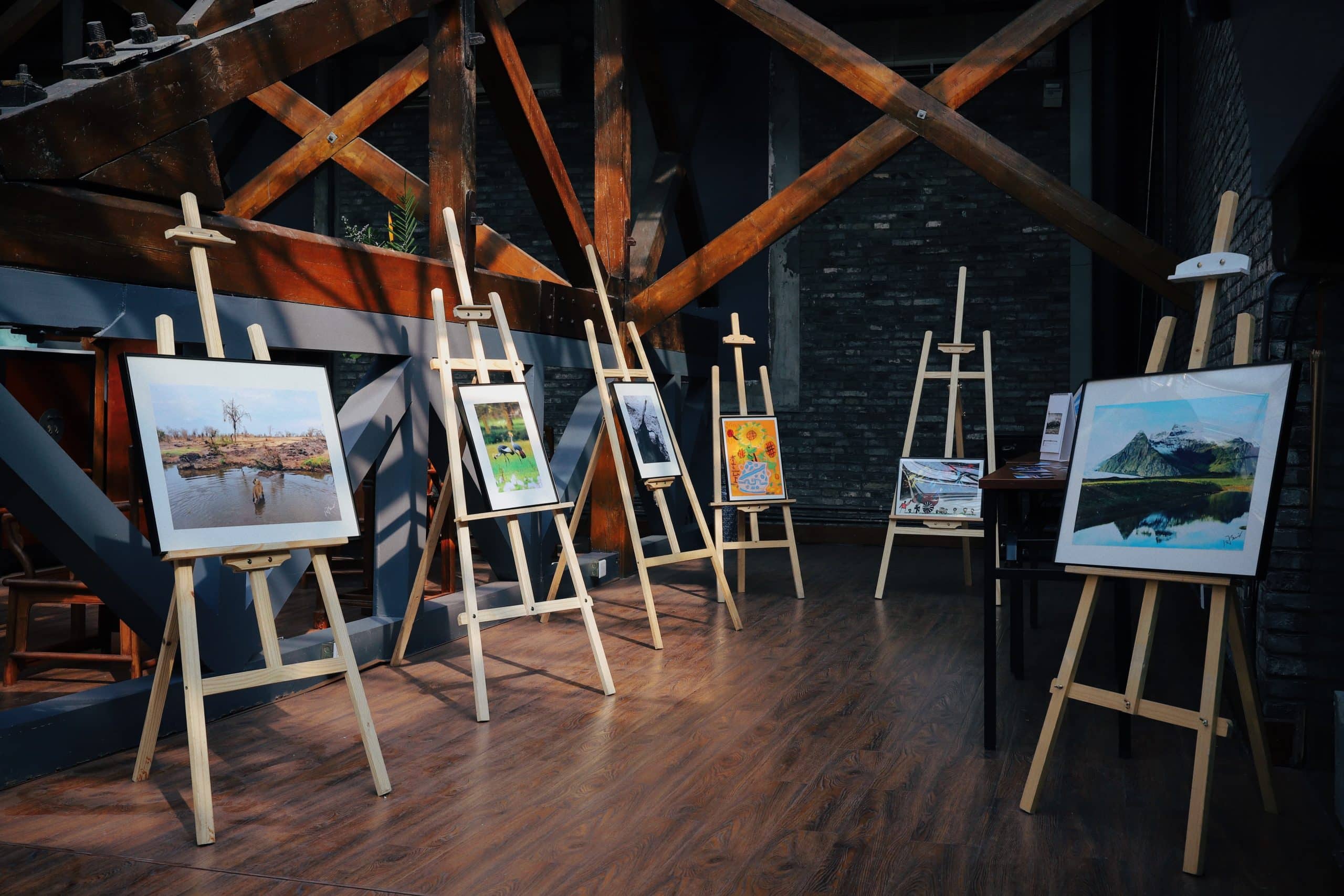The purpose of art is to stir the soul, inflame the senses and cause the mind to race, and the beauty of the medium is there are nearly infinite ways to do so.
From personal, confessional pieces in bespoke framing to esoteric and abstract structures, art is the most powerful mode of expression in the world. However, how that power is wielded can sometimes cause upset, outrage and controversy.
This is an essential part of artistic discourse, and there are many examples of pieces being so powerfully controversial that they steered the course of art history, from the London-based Young British Artists to some of the most elaborate frescos ever painted.
Fountain – Marcel Duchamp
One of the most influential and misunderstood works ever made, Duchamp’s Fountain was the ultimate expression of Dadaism and the “readymade” art movement, and the upturned urinal created a cascading effect that fundamentally changed art.
Part of it was that it was inherently provocative and controversial, which allowed for bolder and more authentic expressions of an artist to be showcased in collections, something that would be taken further by artists such as those in the YBA movement.
Another part was that it changed the nature of art itself, which previously preoccupied itself with the emphasis on craft over artistic interpretation, as well as whether artistic works need to provoke positive emotions or conform to conventional attitudes regarding beauty.
The goal of Mr Duchamp under the pseudonym “R Mutt” was to “de-deify” the role of the artist,
and is by far the most famous piece of “Dada” art, and would influence countless other movements afterwards, most directly Pop Art and assemblage.
The Last Judgement – Michelangelo
One of the most famous frescos alongside the ceiling of the Sistine Chapel, The Last Judgement was one of the most sensational, controversial and outrageous works of art of its day, and its impact can never be overstated.
The Counter-Reformation of the Catholic Church that had taken hold in much of Europe initially despised not only the nudity, which led to an infamous censorship campaign known as the “fig-leaf campaign”, but accused Michaelangelo of blasphemy for the very human forms of the angels and pagan depiction of Jesus.
Thankfully, the defenders of the piece would eventually win out, and a major restoration of the Sistine Chapel removed as much of the censorship as possible.
Self – Marc Quinn
Described as the ultimate series of artistic self-portraits, Self is a series of head sculptures made with ten pints of his own blood.
Created during a time when he was suffering from alcoholism, Self (1991), was a study of dependence, as he felt as reliant on alcohol to function at the time as the frozen head was reliant on a freezer to stay in shape.
Naturally, the use of blood in a major artistic work inspired considerable controversy but did inspire other artists to add more of themselves to their artistic works, and many art critics noted that what he did here was not thematically any different to Vincent Van Gogh’s bandaged ear self-portraits, for example.
